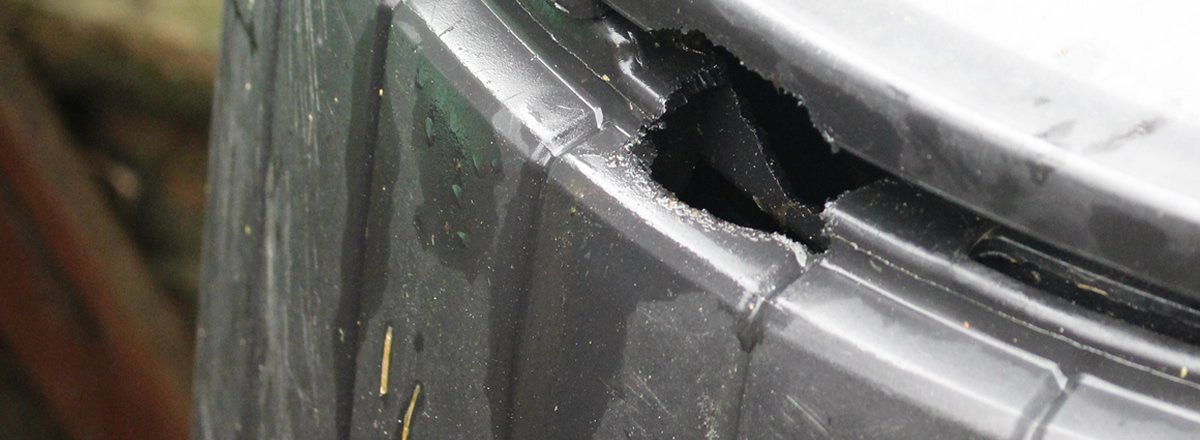Have you spotted rats?
Call Rentokil Initial today for advice and to schedule an rats inspection of your home or business or contact us now.
Pest control service
Integrated Pest Management
Termite solutions
Common pest
Specialist services
Hygiene and scenting
Hygiene services
Scenting services
Space & surface treatment services
Industry & residential
My business handles food
My business doesn't handle food
MY Home services
About Rentokil Initial

Call us for a free quote on 400 820 8770 or contact us
Rats are well known to spread disease, damage property and contaminate food and animal feed. If they are able to gain entry into your home or business area, they can introduce other unwelcome parasites like fleas, lice and ticks.
Acting upon the first sign of a suspected problem can help to drastically reduce the length of time needed to effectively control an infestation. Rats are able to breed quickly and have the potential to develop into a serious issue if left unmanaged.
As nocturnal creatures, rats are most active between dusk and dawn and usually hide from humans during the day. It is often easier to spot signs of a problem, rather than the actual pest.
Rat droppings - usually found in concentrated areas as rats produce up to 40 droppings per night. Brown rat droppings are dark brown in a tapered, spindle shape about 9–14mm long. They can resemble a large grain of rice.
Scratching noises - Think you might have rats in your roof? Black rats (also known as the roof rat) are agile climbers and can easily gain access into loft spaces and upper floors of buildings. Hearing scratching noises at night from above may suggest their presence. Brown rats on the other hand, are less adept climbers. You may hear them scurrying under decking, sheds and floorboards. They are more likely to be identified by a grinding noise they make with their teeth known as bruxing.
Footprints (running tracks) - Rats leave foot and tail marks in dusty, less-used areas of buildings. Shining a strong flashlight at a low angle should reveal tracks clearly. To establish if an infestation is active, sprinkle fine flour or talc along a small stretch of floor near the footprints and check for fresh tracks the next day.
Rub marks - Rats use established routes along skirting boards and walls due to their poor eyesight. Grease and dirt on their bodies leave smudges and dark marks on both objects and surfaces they repeatedly brush against. These marks may indicate rodent activity, but as smears may remain for a long period of time, they are not a good gauge of an active infestation.
Damage - Rats have teeth that grow continuously. They need to gnaw on wood and plastic to keep them trim. They have the potential to cause fires by chewing through electrical cables. You may also notice ripped food packaging, as rats tear open food, leaving visible teeth marks.
Nests - Rats build nests in warm, hidden places using shredded material such as newspaper and fabrics. Nests will often contain young rats and are usually located close to a food source. Check behind and under appliances, such as fridges and freezers in or near your kitchen.
Burrows - Brown rats are well known for digging and excavating extensive burrow systems for shelter, food storage and nesting. Look for burrows in compost heaps, under decking or garden sheds, or in garages.
If you think you have rats, it is important to act quickly to control the level of infestation and reduce the health risks posed by this rodent.
At Rentokil Initial, our qualified local technicians are backed by global knowledge and innovation and are able to provide the most effective rat control services best suited to your problem.
We can also advise you on how to deter rats in the first place to avoid an infestation in your home or business.
Call Rentokil Initial today on 400 820 8700, if you are worried about a rat problem. Alternatively you can drop us a message online.